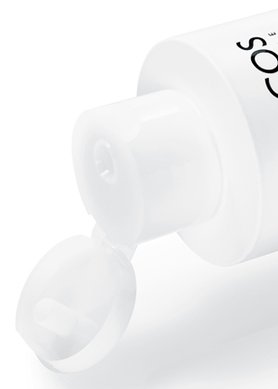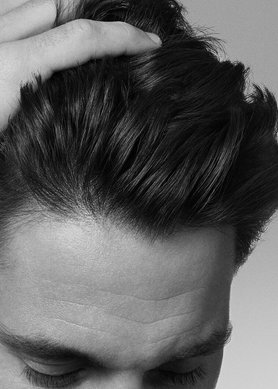With around one million plastic bottles purchased every minute globally1, switching to refillable shampoo and conditioner is a small – but powerful – way to make a real difference.
But sustainable choices don’t have to mean compromising on care. Your scalp is the foundation for thriving, vibrant hair – and with an eco-friendly shampoo, you can cleanse, moisturise, and protect without the waste of single-use plastics.
In this guide, we’ll explore how to use refillable shampoo effectively in your daily routine – helping you care for your scalp and hair, while protecting the planet.
1https://www.worldwildlife.org/pages/how-many-plastic-bottles-are-purchased-every-minute-on-earth






